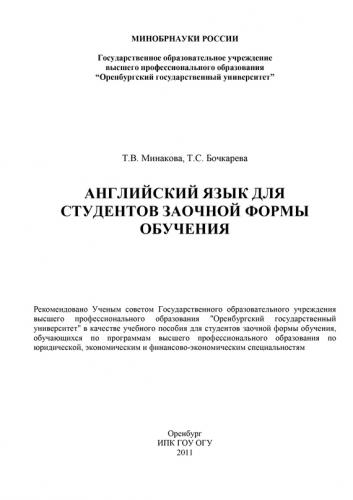return – возмещение, возврат; pl. возвращенный товар; возвращенные чеки, векселя;
allowances – начисления (например сумма накладных расходов;
keep records – вести учет;
tax – налог;
bank loan – банковская ссуда;
partnership – партнерство;
business premises – 1) торговое помещение; 2) помещение фирмы;
labour force – рабочая сила;
business failure – коммерческий крах;
profit – прибыль;
assets – активы, фонды, средства liabilities – пассивы;
денежные обязательства, долги;
earnings – 1) заработок pl.; 2) доход, прибыль, поступление;
advertising agency – рекламное агентство;
warehouse – склад;
оптовый магазин;
tangible – материальный;
intangible – нематериальный;
notes receivable – амер. векселя к получению;
cash – наличность;
equipment – оборудование;
real estate – недвижимость;
retail business – розничная торговля;
surplus – 1) излишек, избыток; 2) нераспределенная прибыль;
total receipts – общая сумма поступления;
bookkeeping – бухгалтерский учет;
merchandise – товары;
money borrowed – деньги, взятые взаймы;
in bulk orders – заказ в большом количестве;
financial investment – финансовые инвестиции.
2.2.4.2 Задание 2. Прочитайте текст переведите его письменно
Today small businesses are the heart of the market economy. There are a great number and variety of small businesses. People become owners and operators of small business firms in one of three ways: start a new firm, buy a franchise, buy or inherit an existing firm.
Small firms have been established to do just about any kind of business imaginable. They have been established to manufacture and distribute goods, to sell them at retail, and, of course, to provide all kinds of needed services. Some serve only the local community, while others function in national and international markets.
The vast majority of small firms concentrate on selling material products, although an increasing number of firms provide a service. Although an increasing number operate in local markets, services, too, are exported. In recent years there has been a great increase in the export of services, such as management consulting, medical, and technological services.
The existence of a strong, healthy small business community has always been recognized as the best way to preserve competition, prevent monopolistic control of any industries, and thus assure the population of the benefits of competition through better prices and quality products. Incentives have been provided to assist small firms. The government of the US created the Small Business Administration (SBA) in 1954 to provide financial, management, and procurement assistance for small firms.
There are some facts that illustrate the importance of small business. According to the Small Business Administration:
– 99 % of all businesses in the US can be classified as small;
– 43 % of the gross national product is contributed by small business;
– while large business has been cutting back employment, small business has been creating new jobs;
– many of new products and services in the US are created by small businesses.
Numerous definitions of the term "small business" exist. A small business is one which is independently owned and operated and not dominant in its field of operation. A small business is one which possesses at least two of the following four characteristics: 1) management of the firm is independent. Usually the managers are also the owners; 2) capital is supplied and the ownership is held by an individual or a small group; 3) the area of operation is mainly local, with the workers and owners living in one home community. However, the markets need not be local; 4) the relative size of the firm within its industry must be small when compared with the biggest units in its field. Of the characteristics cited, most scholars believe that the fourth, relative size, is the most important.
The SBA traditionally uses the following criteria for defining small business: retailing (sales volume), service (sales volume), wholesaling (sales volume), manufacturing (number of employees).
The following is a list of terms that can be used to describe a business. Each term tells something about the size of a business. Total assets – all that a business owns.
Net worth – business assets less what is owed.
Gross profits – money left from sales after all expenses (except taxes) have been paid.
Net profits – what is left from gross profit after business income taxes are paid. Employees – total number of workers and managers listed on the payroll.
Income- net receipts, the total sales less returns, allowances, and discounts.
It is necessary to keep records of a business for tax purposes and as a measure of growth. Some businesses fail because they are improperly expanded. Other businesses are unsuccessful because they expand too quickly and cannot handle problems that come with rapid growth. Many businesses remain small and provide excellent income throughout their lifetime.
Business operations are subject to review by local, state, and federal authorities. These reviews insure that rules and regulations are being obeyed and standards maintained. Some of the operations subject to review are listed here.
Income. Business income must be reported for income tax purposes. Other reasons for reporting business income include providing information for bank loans, attracting investors, making equitable distribution of profits in partnership, and as a measure of business growth. The records are usually subject to an audit.
Working conditions. Clean and safe working conditions must be provided for employees and if required, medical and safety equipment must be provided.
Wages and hours. Work regulations and announcements must be posted where employees ,can read them. Employers must pay at least the minimum wagelthat applies to their employees.
Advertising, labelling, and packaging. Businesses must not be guilty of false advertising, mislabeling, or providing less than the labeled weight in a package.
Unfair
